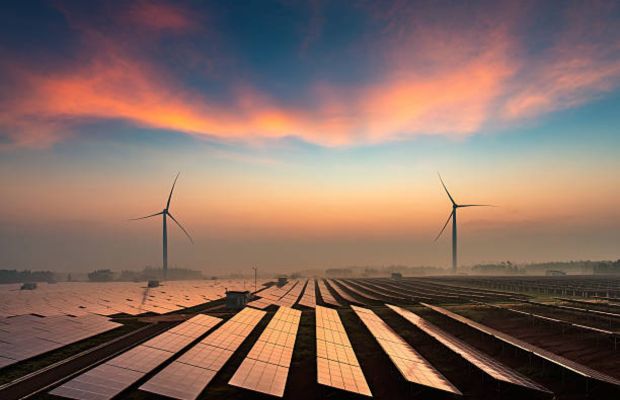The Qatar General Electricity and Water Corporation “Kahramaa” recently shared its plans to launch its Qatar National Renewable Energy Strategy (QNRES). Qatar is one of the leading exporters of Liquified Natural Gas (LNG) and relies heavily on thermal sources of energy to cater its electricity demands.
As per the strategy prepared by the authority, it has planned to increase the share of renewable energy in the country from the existing 5 percent to 18 percent by 2030. The QNRES also plans to increase large-scale renewable power generation to about 4 GW by 2030. QNRES recommended the installation of distributed solar generation up to around 200 MW by 2030. This is to enable more localized power generation, reducing strain on the centralized grid infrastructure and enhancing energy resilience.
Through this initiative, it aims to coordinate with 22 key energy actors in Qatar. Through this, it aims to enhance its work in the field of renewable energy uses. Through its plan it aims to develop policies and strategies related thereto, for a more sustainable future for Qatar, to achieve Qatar National Vision 2030 and the third Qatar National Development Strategy 2024-2030.
QNRES plans to diversify the utilization of renewable energy sources, especially in the solar energy sector in Qatar, and integrate them into the energy mix, considering the high-quality solar energy resources in the country. The country’s global horizontal radiation level is positioned the highest in the world, with a rating of more than 2,000 kWh generated per square meter per year.
In terms of CO2 emissions reduction, the recommended power mix is expected to have a significant impact in reducing 10 percent of Qatar’s total annual CO2 emissions from the power sector. It plans to reduce the carbon intensity in Qatar’s annual CO2 intensity by 27 percent for each unit of electricity produced.
In terms of economic advantage, it is expected to reduce the average cost of electricity generation by 15 percent by 2030 due to the cost-competitive solutions. To achieve this, the strategy uses a balanced approach that combines large-scale renewable energy installations with the use of high-efficiency thermal generation powered by natural gas.
Kahramaa’s role as a leading force in the QNRES is to: regulate and define RE regulations, issue licenses, and monitor compliance, execute a detailed RE deployment program, manage stakeholder interaction, prepare and issue tendering documents, and support research and innovation initiatives.
In preparation for the launch of the distributed renewable energy program, Kahramaa recently announced the start of receiving applications for accredited solar panels and inverters from distributors and manufacturers. All technical regulations, contractors’ and consultants’ qualification procedures, and how to submit applications expected to be subsequently announced.
QNRES has implemented net billing for distributed renewable energy generation that enables prosumers to sell surplus power generated to the grid at a fixed price. A bidirectional meter on the customer’s premise measures electricity consumed and surplus exported to the grid, and Kahramaa credits the consumer account for surplus to offset future consumption. This is expected to result in lower electricity bills and encourage investments in solar PV.
With the participation of all stakeholders in Qatar’s energy sector, we aspire to achieve the best results for which the Strategy has been developed and seek to encourage stakeholders and concerned entities to launch initiatives, scientific research on renewable energy, and call for cooperation among all to build a sustainable future.


